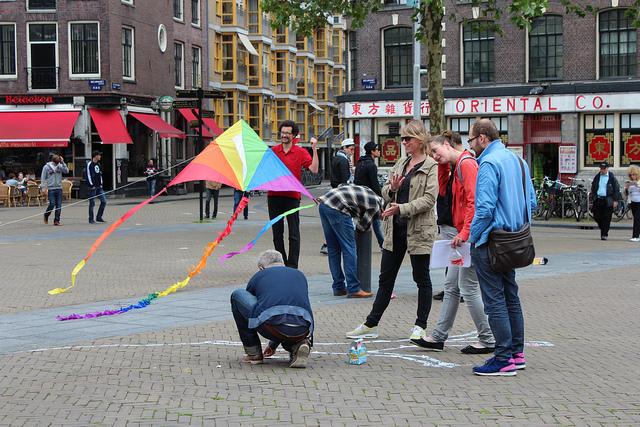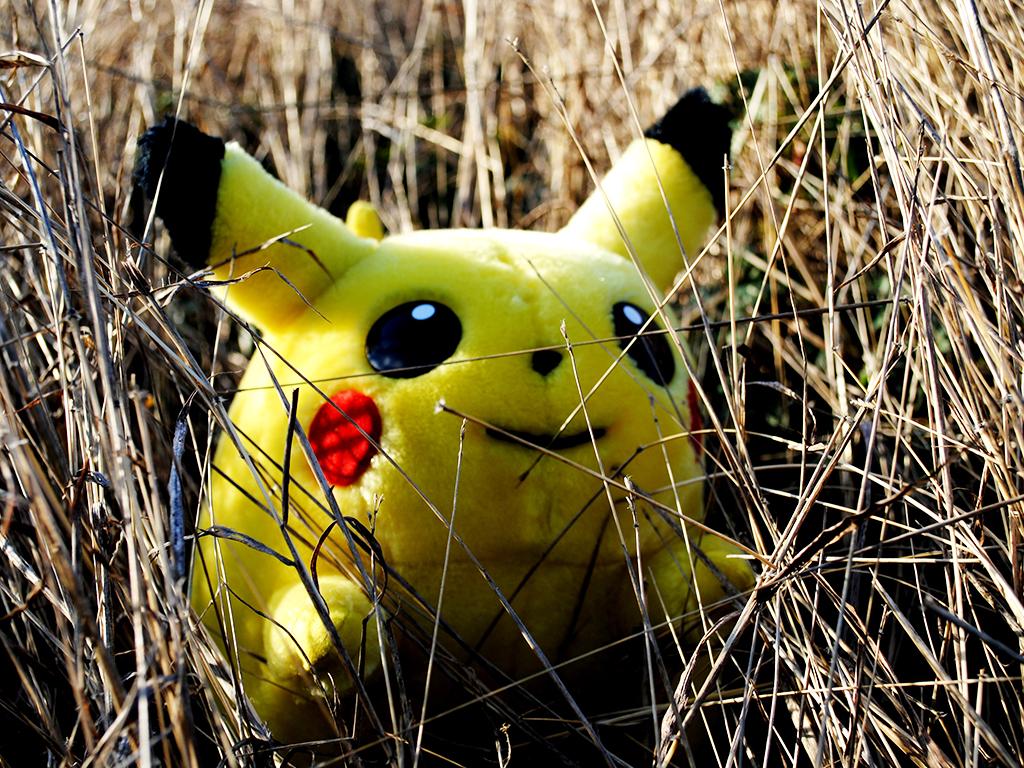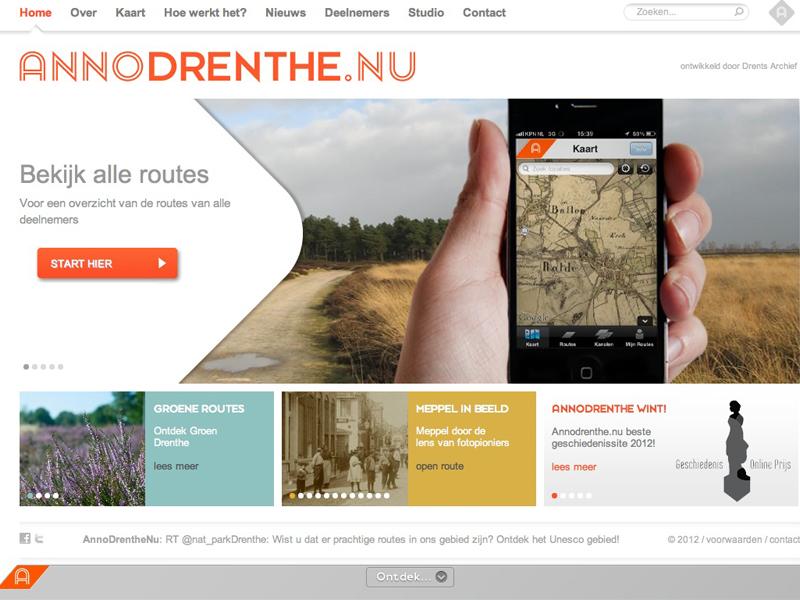Wednesday the 27th of June, Waag was all about science. Citizen Science to be exact. Together with Utrecht University and 7scenes, Waag organized an inspiring three-day conference: ‘Citizen Scientist on the Move’.
What is Citizen Science?
You could say that all science performed by the common man is Citizen Science. But that is not all of it. In fact, you could argue that since scientists are citizens, all science is Citizen Science. Personally, I see a world of technology that is changing; the accessibility of (scientific) data keeps getting better. This enables more citizens to participate in science, both in a supportive way to the ‘real’ scientists, and in a way of actually performing science on a small, accessible scale.
The first two days of the conference took place at Utrecht University with a diverse set of paper sessions from a variety of international speakers. Especially the session of Scot Osterweil (MIT) was very inspiring. He presented a creative view on the relationship between science and play, and the way you can engage citizens in science. An approach very much in line with the way Creative Learning Lab likes to develop new tools for education.
The highlight of the conference to me, however, was the third day at the Waag building in Amsterdam. This day was about doing Citizen Science, both in the sense of showing best practices, as in the sense of bringing the audience literally in touch with it through hands-on experiments.
We kicked off with a summary by Jennifer Gabrys (University of London). She initiated a very nice discussion about what citizen science actually meant to the participants of the conference. Belgian artist and researcher Bart Vandeput brought citizen science to an artistic level with, for example, his edible solar cells. He’s a perfect example of not only a citizen scientis, but also an artistic scientist (or scientific artist).
Two of the keynotes were connected to the afternoon workshop program, wherein the participants of the conference got their hands dirty in two creative workshops: Public Laboratory (by Jeffrey Warren) and Sensorium (by students of the Federal University of Groningen Werner Hofstra and Marise Agema, in cooperation with Sensaris).

Public Laboratory
Jeffrey Warren (GrassrootsMapping.org) focused on making new maps of (polluted) areas by using kites and balloons in combination with simple photo cameras. In the workshop we flew a kite around the Nieuwmarkt, above the Waag building, with a small photo camera attached to it. After some fussing with the kite, and finding the right wind to fly the kite with, the camera was attached and it took some amazing photographs of the city – literally from the birds-eye view. Afterwards, Keimpe de Heer (Creative Learning Lab) combined ‘our’ pictures with GoogleMaps by using Mapknitter.org, also developed by PublicLaboratory.org. Check out the result here.
Sensorium
Michael Setton (Sensaris) explained how citizens can record sensordata themselves by using SensPods, mobile sensorkits developed by Sensaris, connected to Android telephones. In the workshop participants used SensPods, while walking a pre-designed route on the 7scenes platform. After gathering data of levels of CO2, small particles or noise, they were asked to visualize their data in various ways: by turning their data into a soundscape opera and by making 2D and 3D maps both in paper and in lasercutted wood. The 2D maps were scanned and incorporated into 7scenes, so that you could ‘walk’ on a visualization of the collected data, while playing a 7scenes game.
Eventually, both workshops were even intertwined when Jeffrey Warren sent one of Michael Settons SensPods up with the kite as well. Even though the Bluetooth connection with the Sensepod was limited to 300 meters we were still able to get some interesting data showing a dramatic drop of the air quality when the kite increased altitude.
I think we can safely say that the conference was a success. It was inspirational on various levels and gave us, and the participants, plenty of food for thought.


